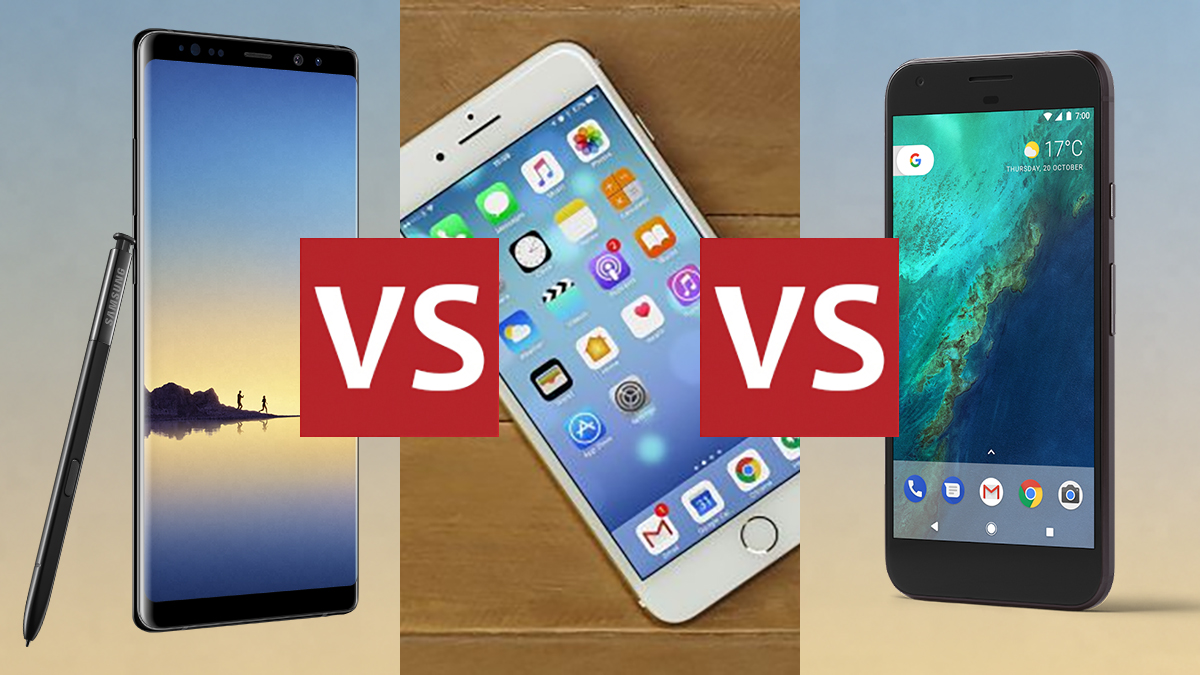

At long last the Samsung Galaxy Note 8 is official and it looks like a very impressive bit of kit indeed - but just how impressive is it? Specifically, how does it fare up against the other major over-sized flagships of the moment, the iPhone 7 Plus and the Google Pixel XL?
Well we're here to answer that question and to pit the new Note 8 against its rivals in all the areas that matter. If you're wondering where you're money's going to be best spent - or even if you should spend any money at all right now - then you've come to the right place.
Design and screen
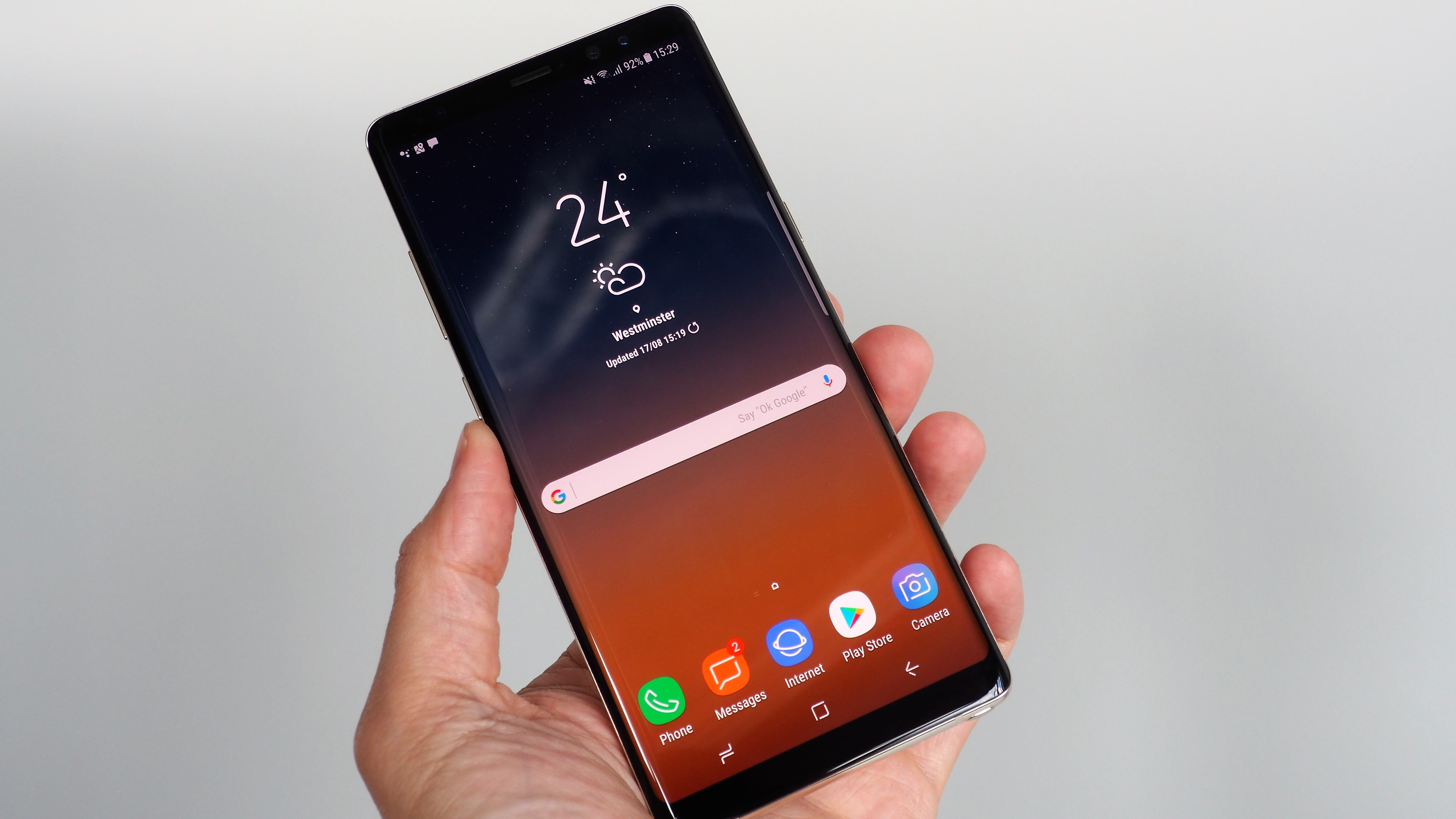
Samsung's on a bit of a tear with its phone design and there's no doubting that the Note 8 looks absolutely gorgeous, just as the Galaxy S8 and Galaxy S8 Plus did before it. With wafer-thin bezels, a 6.3-inch (1440 x 2960 pixel) AMOLED screen, and a thickness of just 8.5mm, this phablet really looks the part. We're also fans of the elongated 18.5:9 aspect ratio that Samsung has been adding to its devices lately, though your mileage may vary.
Meanwhile the iPhone 7 Plus is starting to look a bit - dare we say it? - dated. Of course it's still a triumph of a smartphone design, an iconic look for the ages, but those thick bezels kind of stand out in 2017. On the plus side it's a mere 7.3mm thick, beating our other phones for thinness. The phone comes with just 5.5 inches of LCD screen space, and with a resolution of only 1080 x 1920 pixels, but to be fair to Apple the phone is almost a year old.
As for as looks goes, the Google Pixel XL is probably the least fetching of our trio here when you put them all together in a row. It's not an ugly phone by any means, it's just a bit... ordinary. Like the iPhone 7 Plus, it launched last year, so the thick bezels at the top and bottom are still in evidence. Meanwhile, the phone rocks a 5.5-inch AMOLED screen running at a resolution of 1440 x 2560 pixels, and measures 8.5mm thick, like the Note 8.
Power and performance
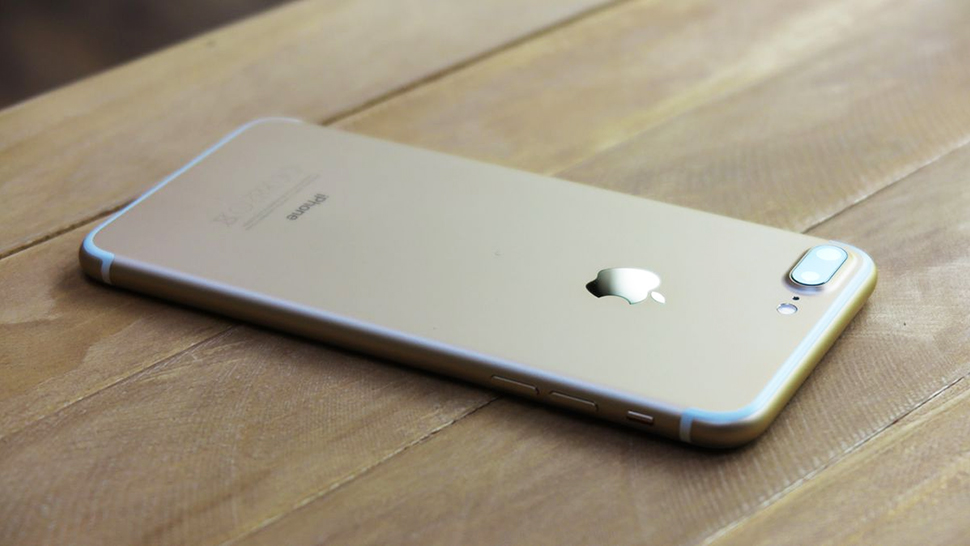
To go with its smart looks, the Galaxy Note 8 has a Snapdragon 835 CPU (in the USA and China) or an Exynos 8895 CPU (in Europe and Africa), coupled with a hefty 6GB of RAM. Its 64GB, 128GB or 256GB of storage space, meanwhile, can be expanded with a microSD card. Those are top-of-the-range specs in every category, though to be completely fair the Note 8 is launching almost a full 12 months after the Apple and Google phones appeared.
Apple's custom-made A10 CPU is certainly no slouch and can match the Snapdragon 835 for pace, especially considering the performance benefits Apple gets by developing iOS and its hardware side by side. As far as RAM goes there's 3GB on board, and the storage options of 32GB, 128GB and 256GB are non-expandable. iPhones have always been able to keep their slickness and smoothness for years, and the iPhone 7 Plus is no different.
Sign up to the T3 newsletter for smarter living straight to your inbox
Get all the latest news, reviews, deals and buying guides on gorgeous tech, home and active products from the T3 experts
The Google Pixel XL, meanwhile, features the older Snapdragon 821 and 4GB of RAM, plus the option of 32GB and 128GB of internal storage space, with no microSD card slot available to expand on that. Again, It remains a powerful handset, but Google's phone looks like it's in third place here as far as the specs go. It does of course have its own advantages - such as the latest stock version of Android, uncluttered by bloatware.
Camera and battery
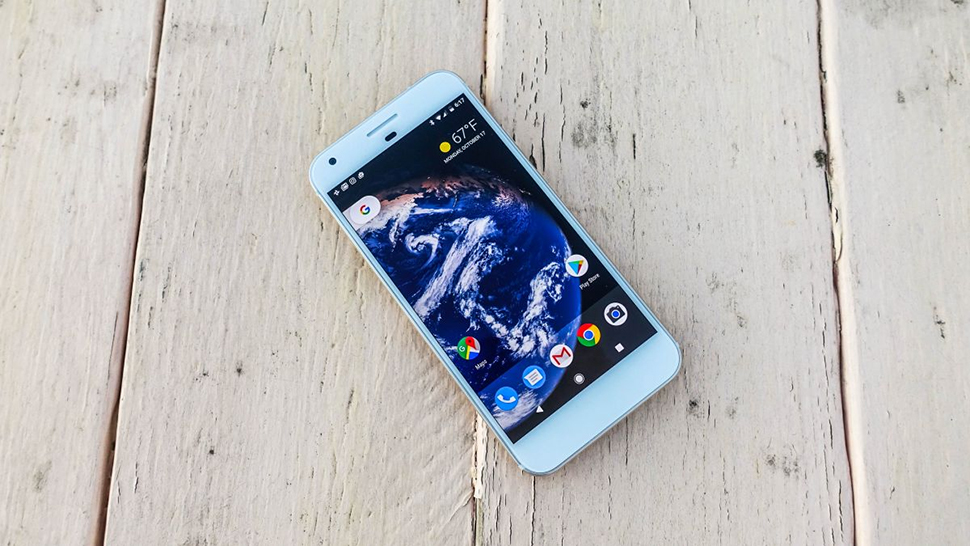
Specs can only tell you so much about a camera, but Samsung is promising great results from the Note 8 camera, which features dual 12MP lenses, 2x optical zoom, and 4K video recording. Around the front there's an 8MP snapper. Everything is powered with a 3,300mAh battery, which is admittedly a decent size - but it's got a lot of screen to power. We'll have to reserve our final judgement for when we give the Note 8 a trial run.
The iPhone 7 Plus has one of the best smartphone cameras around, matching the Note 8's dual 12MP lens setup, 2x optical zoom, and 4K video recording - Samsung and Apple seem neck-and-neck in the photography department at the moment. The front-facing camera has a 7MP lens, meanwhile. The battery size comes in at 2,900mAh, though the device can certainly hold its charge for a full day and often beyond depending on how you use it.
Photographers have also been raving about the camera quality on the Google Pixel XL - it's perhaps the standout feature on the phone. In terms of its specs, the camera uses a single 12.3MP lens. There's no optical zoom, but you do get 4K video recording, and there's an 8MP camera around the front. As for the battery, it packs 3,450mAh of energy inside it, though in actual use the time you get between charges is about on a par with the iPhone.
Price and verdict

Of course specs and design don't really matter until you've considered price - even the best phone in the world won't sell if it costs too much. For the reasons we've mentioned, the Google Pixel XL - good as it still is 10 months after launch - ends up in last place here. Despite a great camera and the advantage of having stock Android on board, it's not waterproof, and it's not as fast as its rivals. It costs £719/$769 (32GB) or £819/$869 (128GB).
The iPhone 7 Plus and the Note 8 are hard to split - the Note 8 probably edges it in terms of specs and design, but the iPhone is almost a year old, so it's not exactly a fair comparison. The iPhone 7 Plus remains a superb phone a year after it first appeared, with speedy innards and a fantastic camera, and it should drop in price when the iPhone 8 shows up. Right now it costs £719/$769 (32GB), £819/$869 (128GB), or £919/$969 (256GB).
Top of the pile is the Samsung Galaxy Note 8 - it looks gorgeous, it has the best specs, the camera sounds amazing, and you get a stylus to boot. Okay, Bixby can't really live up to the Google Assistant or Siri at the moment, but that's a small disadvantage. Another reason why you might shy away from picking it up is the price - Samsung hasn't yet said how much it will cost, but the rumours are the 64GB edition could cost £869/$1,120.
Dave has over 20 years' experience in the tech journalism industry, covering hardware and software across mobile, computing, smart home, home entertainment, wearables, gaming and the web – you can find his writing online, in print, and even in the occasional scientific paper, across major tech titles like T3, TechRadar, Gizmodo and Wired. Outside of work, he enjoys long walks in the countryside, skiing down mountains, watching football matches (as long as his team is winning) and keeping up with the latest movies.
-
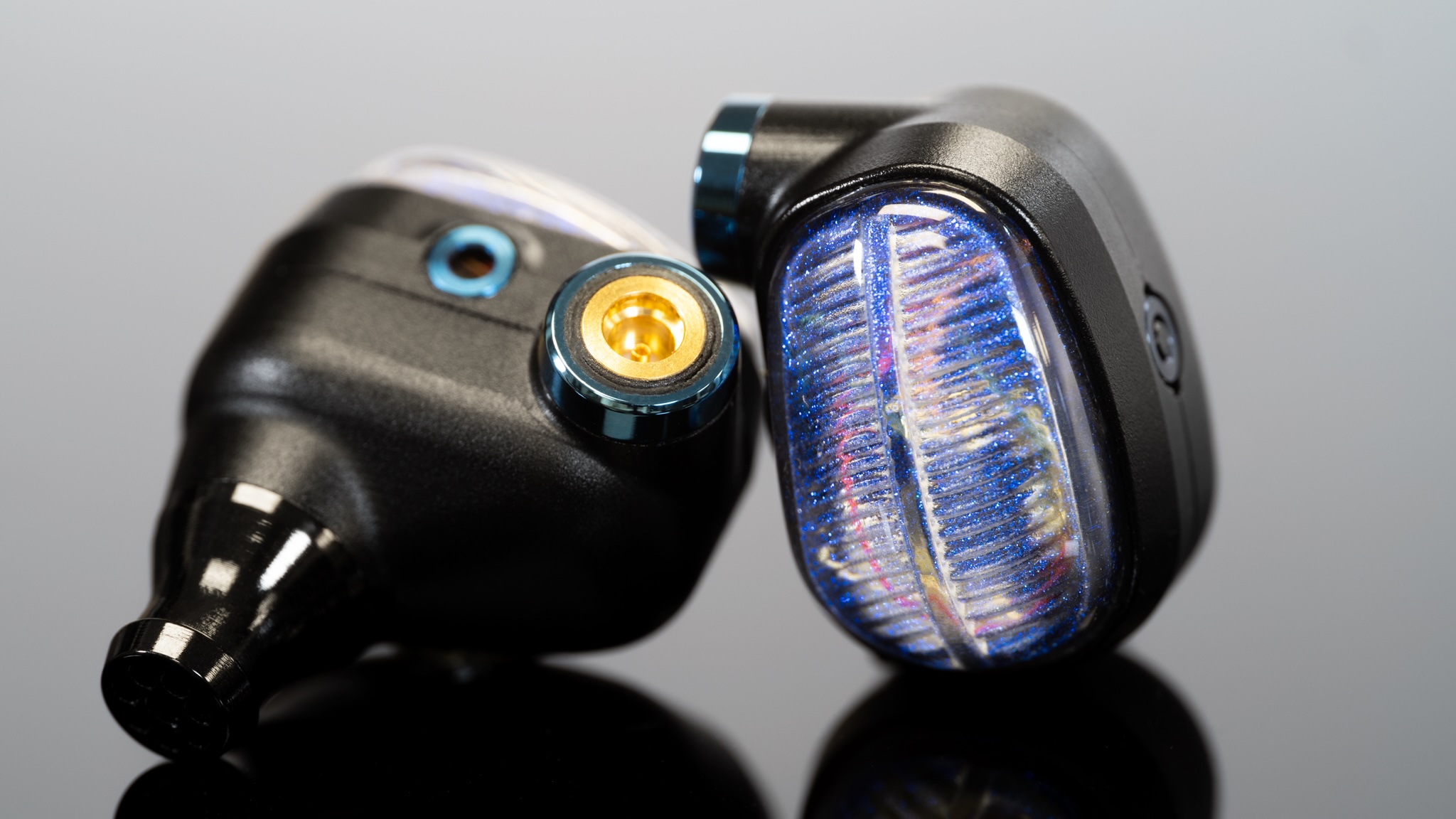 Campfire Audio’s new Alien Brain IEMs are a hi-fi, sci-fi glass act
Campfire Audio’s new Alien Brain IEMs are a hi-fi, sci-fi glass actCampfire promises "close encounters of the Hi-Fi kind"
By Carrie Marshall Published
-
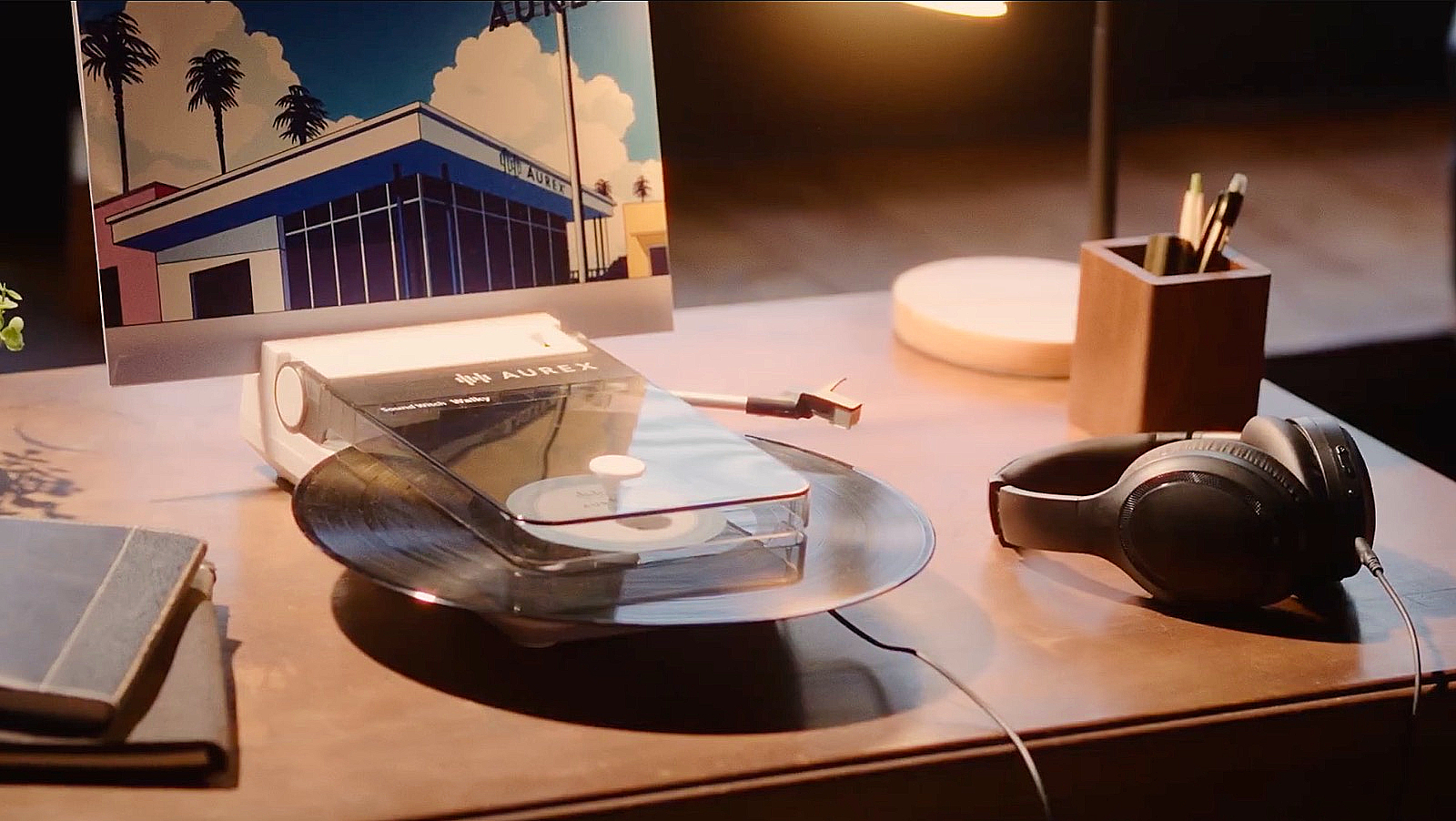 Toshiba’s portable record player is a Walkman for your vinyl
Toshiba’s portable record player is a Walkman for your vinylToshiba's tiny record player is a lot more portable than your record collection
By Carrie Marshall Published
-
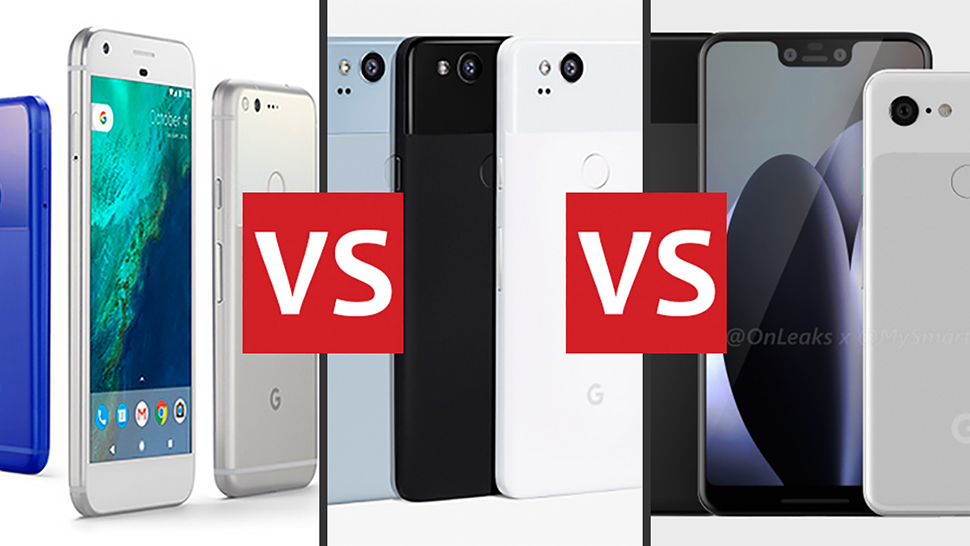 Pixel vs Pixel 2 vs Pixel 3: Google's past and future phones
Pixel vs Pixel 2 vs Pixel 3: Google's past and future phonesLooking back and looking forward
By David Nield Published
-
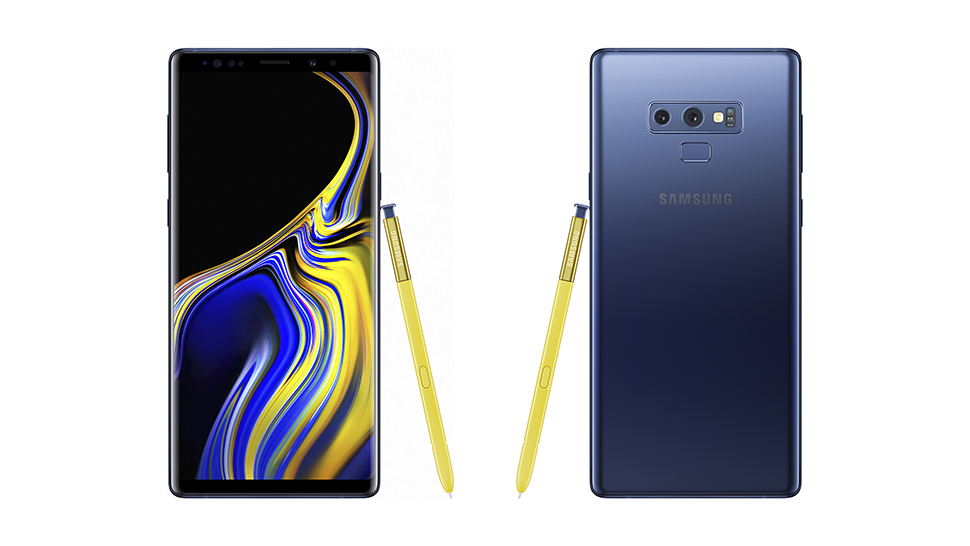 Samsung Galaxy Note 9 vs Note 8: the productivity powerhouses head-to-head
Samsung Galaxy Note 9 vs Note 8: the productivity powerhouses head-to-headHow does the 2018 Note match up to the 2017 Note?
By David Nield Published
-
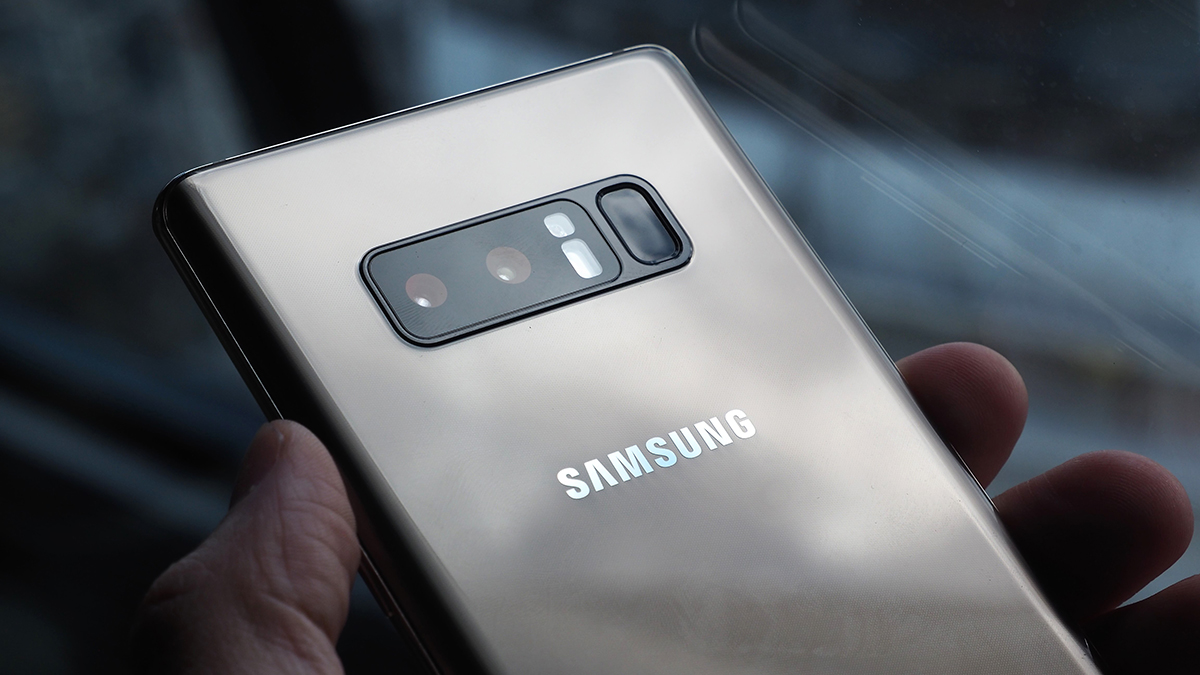 8 reasons you should buy a Samsung Galaxy Note 8
8 reasons you should buy a Samsung Galaxy Note 8The Note 8 vs the Galaxy S8 vs the rest
By David Nield Published
-
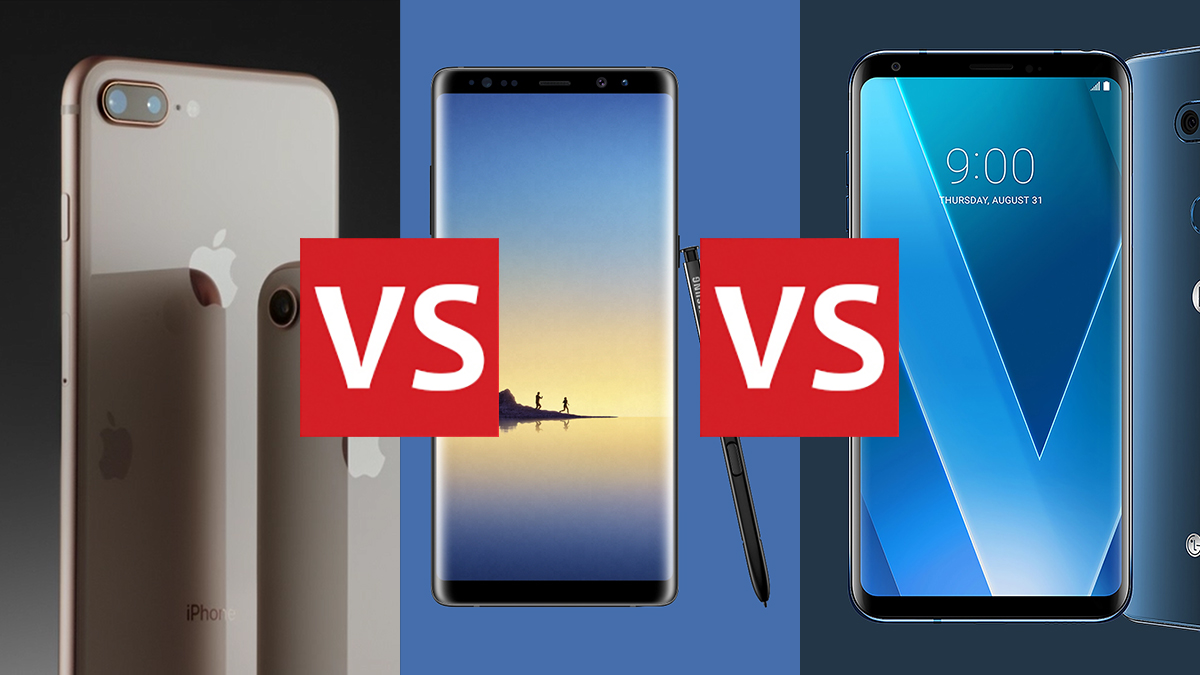 iPhone 8 Plus vs Galaxy Note 8 vs LG V30
iPhone 8 Plus vs Galaxy Note 8 vs LG V30Has Apple got what it takes?
By David Nield Published
-
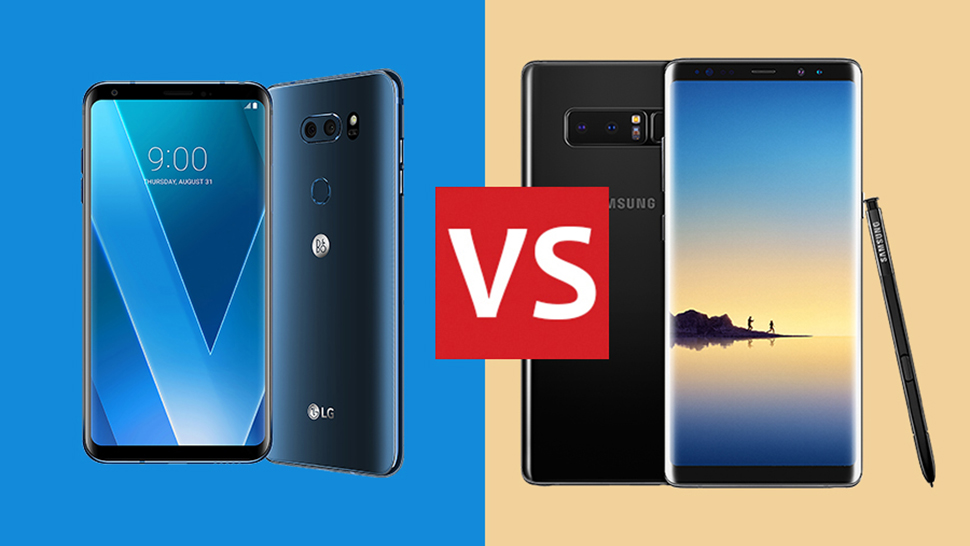 T3 Smackdown: LG V30 vs Note 8
T3 Smackdown: LG V30 vs Note 8It's LG vs Samsung in the big phone category, with both of these 6-inch+ phones going head to head
By David Nield Published
-
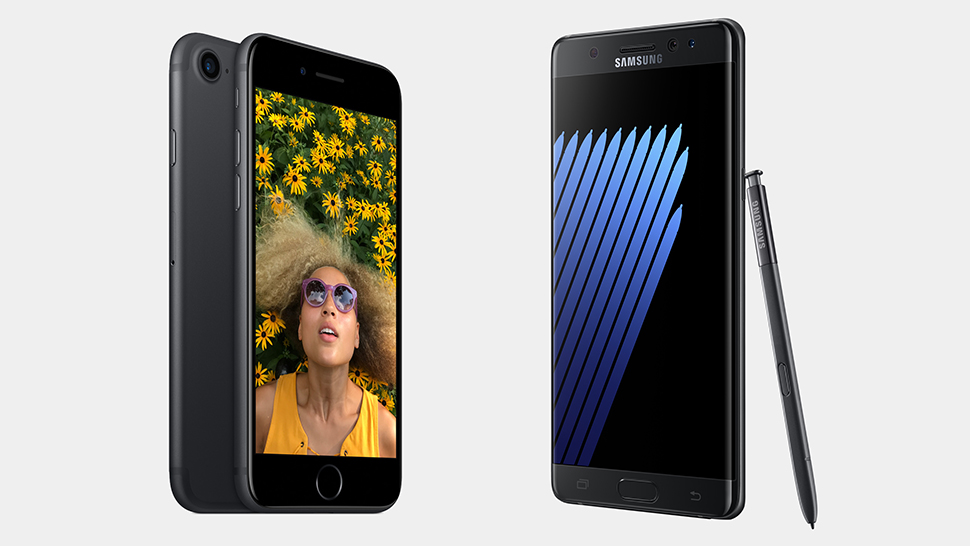 Why the Samsung Galaxy Note 8 is about to steal the iPhone 8's thunder
Why the Samsung Galaxy Note 8 is about to steal the iPhone 8's thunderThe heavyweight smartphone bout of 2017
By David Nield Published
-
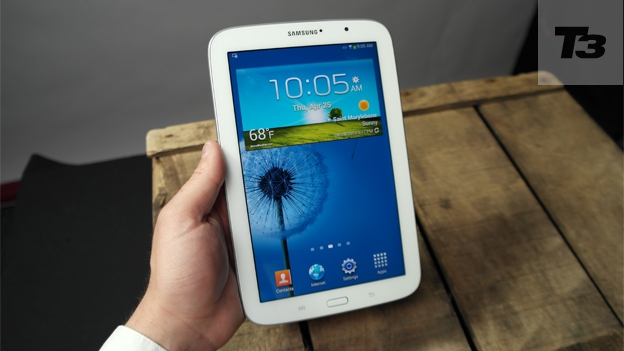 Samsung Galaxy Note 8.0 review
Samsung Galaxy Note 8.0 reviewThe Samsung Galaxy Note 8.0 inspires creativity but can it take on the iPad Mini
By Michael Sawh Published